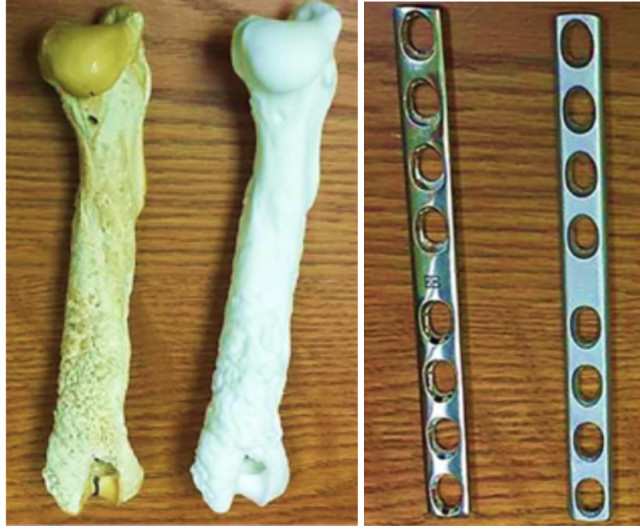3D printing is currently changing the human healthcare industry. Could veterinary medicine be next?
If veterinary schools have their say, then yes, it could.
3D printing is evolving from an expensive tool for giant industrial institutions into a ubiquitous industrial necessity, and perhaps even into a household commodity. It has also found many proponents in veterinary doctors and scholars.
Evelyn Galban, a neurosurgeon and lecturer at the University of Pennsylvania’s School of Veterinary Medicine’s Department of Clinical Studies, said of a canine patient with a malformed skull, “It’s difficult to fully understand the malformation until we have it in our hands. That usually doesn’t happen until we’re in surgery.”
That is, until now. To examine her patient’s skull deformity pre-surgery, Galban generated a 3D-printed replica of the patient’s skull.
3D printing could give veterinary doctors the option to study tangible models of the abnormalities they seek to correct. “[T]o be able to hold a replica […] in your hand […] The advantages of that are tenfold compared to a screen image,” said Frank Verstraete, from the University of California, Davis, School of Veterinary Medicine.
Deidre Quinn-Gorham from Tuskegee University’s School of Veterinary Medicine recently completed a study that details the use of 3D printing in pre-operative animal health procedures.
Quinn-Gorham collaborated with the university’s Department of Aerospace Science Engineering to reproduce—via 3D printing—a surgical metal plate, and an abnormal humerus (forearm) bone from a canine.
The university’s Department of Aerospace Science Engineering used an orthopedic surgical plate to generate a small-scale 3D model using a simple rectangular template and the plate’s measurements. They printed the model using spools of pink Polylactic Acid (PLA), a biodegradable plastic filament.
To get an even more precise rendering of the bone, and the metal plate, Quinn-Gorham employed Direct Dimensions, a Maryland company that laser-scanned the bone and the plate.
Xometry, an industrial 3D printing and CNC machining services company, also based in Maryland, then rendered these models: the bone in a plastic nylon material and a metal plate in aluminum.
Read more at ENGINEERING.com


